Is This Tomorrow? Artists and architects revisit Whitechapel Gallery’s seminal postwar exhibit
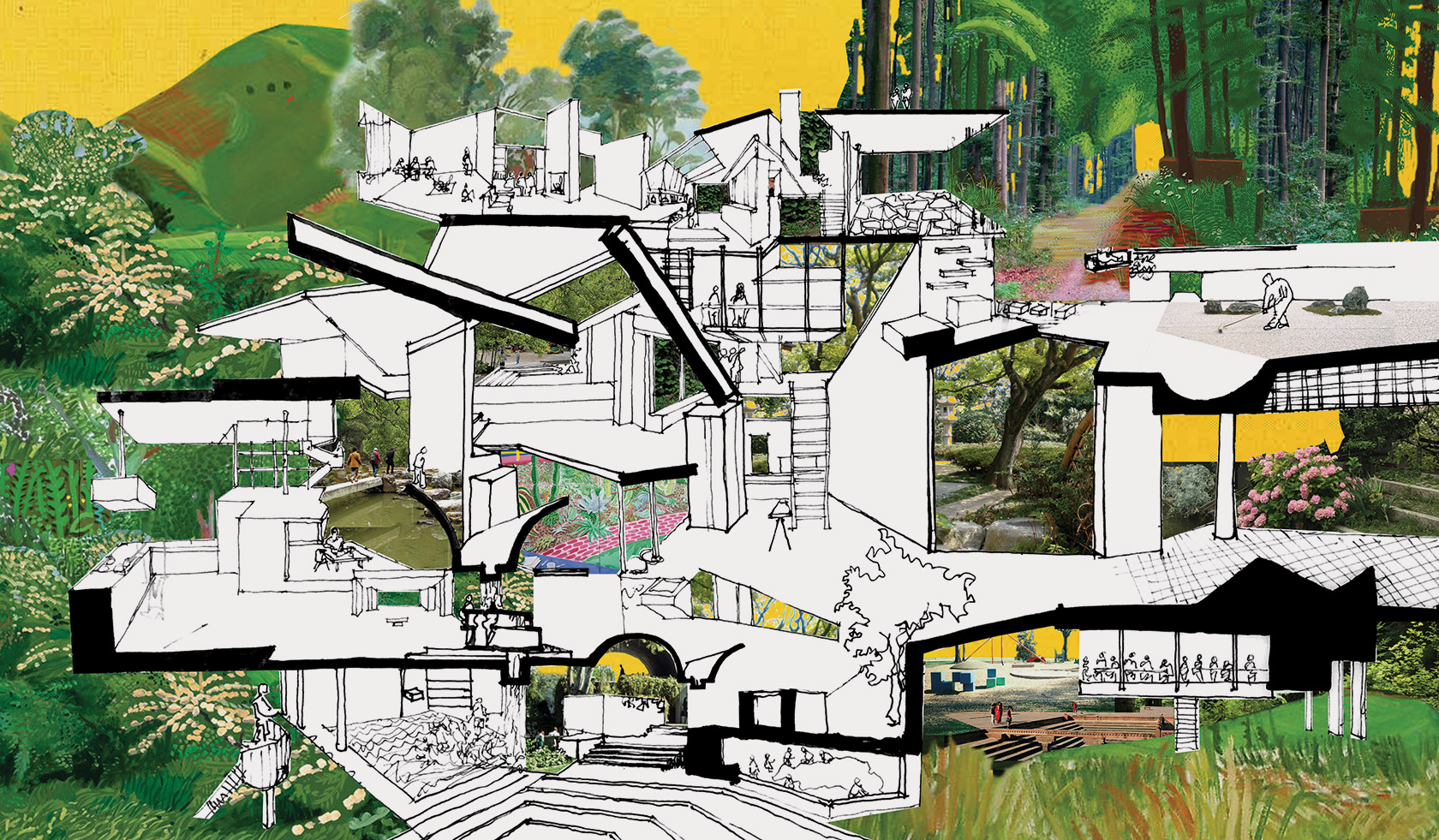
In a Britain still recovering from the destruction and trauma of Second World War, in 1956 a group of artists and architects came together at the Whitechapel Gallery to think about the future. Envisioned by architect and critic Theo Crosby, the now-seminal exhibition ‘This Is Tomorrow’ gathered 38 participants into 12 groups, under the premise of collaboration – often weighing modernism against mass culture.
The postwar era was marked by openness, and thus interdisciplinarity. So it might come as a surprise that, some 63 years later – an unlikely anniversary, amid a radically-contrasting context – the landmark east London institution has decided to revisit its legacy with a new show. ‘We found that many artists were interested in mining its history,’ says chief curator Lydia Yee, who was responsible for the pairing of 10 artists with architects, all born after 1956. ‘I left it quite open as to what the future meant,’ she continues, pointing to the unapologetically speculative nature of the show, titled “Is This Tomorrow?”’
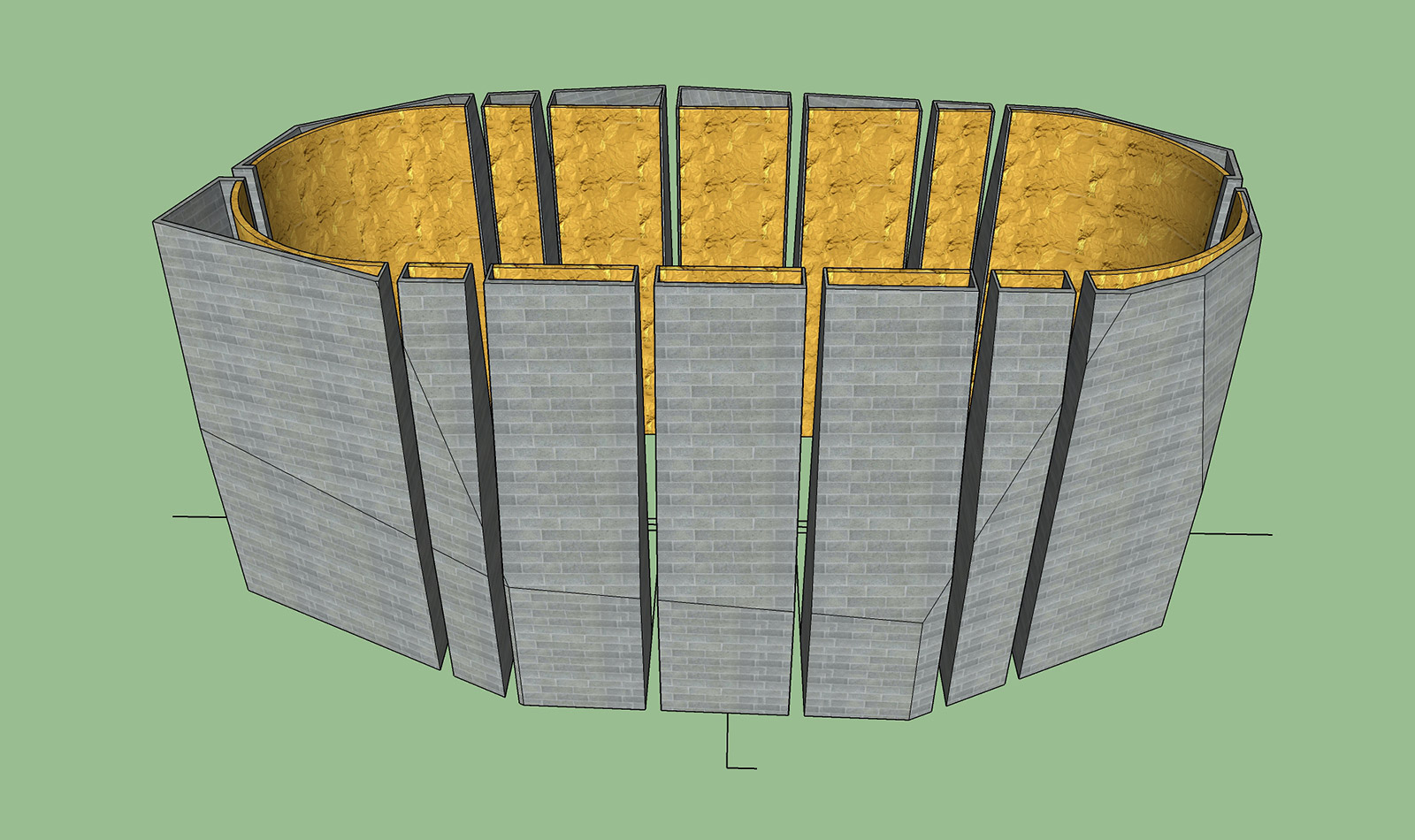
Design development sketches for Phoenix Will Rise, 2018, by Marina Tabassum Architects
Through their collaborations, the broad range of participants — including David Adjaye, Kapwani Kiwanga, Cécile B Evans and Andrés Jaque — explore some of the 21st-century’s most pressing issues, from climate change and industrial farming to genetic engineering and rising social inequality. ‘I wanted to make sure it was not a British exhibition,’ Yee continues, stressing the international ambition of the show, a key distinction from its original edition.
At the entrance of the exhibition, on the ground floor, London-based 6a Architects and artist Amalia Pica invite visitors into a maze-like environment made of an enclosure. It derives from animal managing systems and questions the way we treat other species. The conversation started with ‘recognising that we are just one part of a global ecology’ says the architectural firm who, in collaboration with the Argentine artist, delved into research that highlights the interdependence between species and their connection with the natural world. ‘The question, is how is this to flourish in the future and not become overwhelmed by our anthropocentric age?’
Meanwhile, for architect David Kohn and artist Simon Fujiwara, the work is not set in the future: ‘It’s about now,’ they say of their collaboration. The Salvator Mundi Experience, on the first floor, brings visitors into an immersive miniature museum dedicated to the presentation of a single artwork: Leonardo da Vinci’s once-lost Salvator Mundi, acquired in 2017 on behalf of the Louvre Abu Dhabi. ‘We wanted to see if there was anything left to say about something that has been so over-narrated and marketed,’ explains the London and Berlin-based duo. Ahead of this collaboration, they visited the Jean Nouvel-designed Middle East outpost, only to realise that the coveted masterpiece was not yet available to view. ‘Even in its absence, the painting had changed the museum and the city. We speculated about a near future museum that would be solely about this one icon, in which no other art was necessary.’
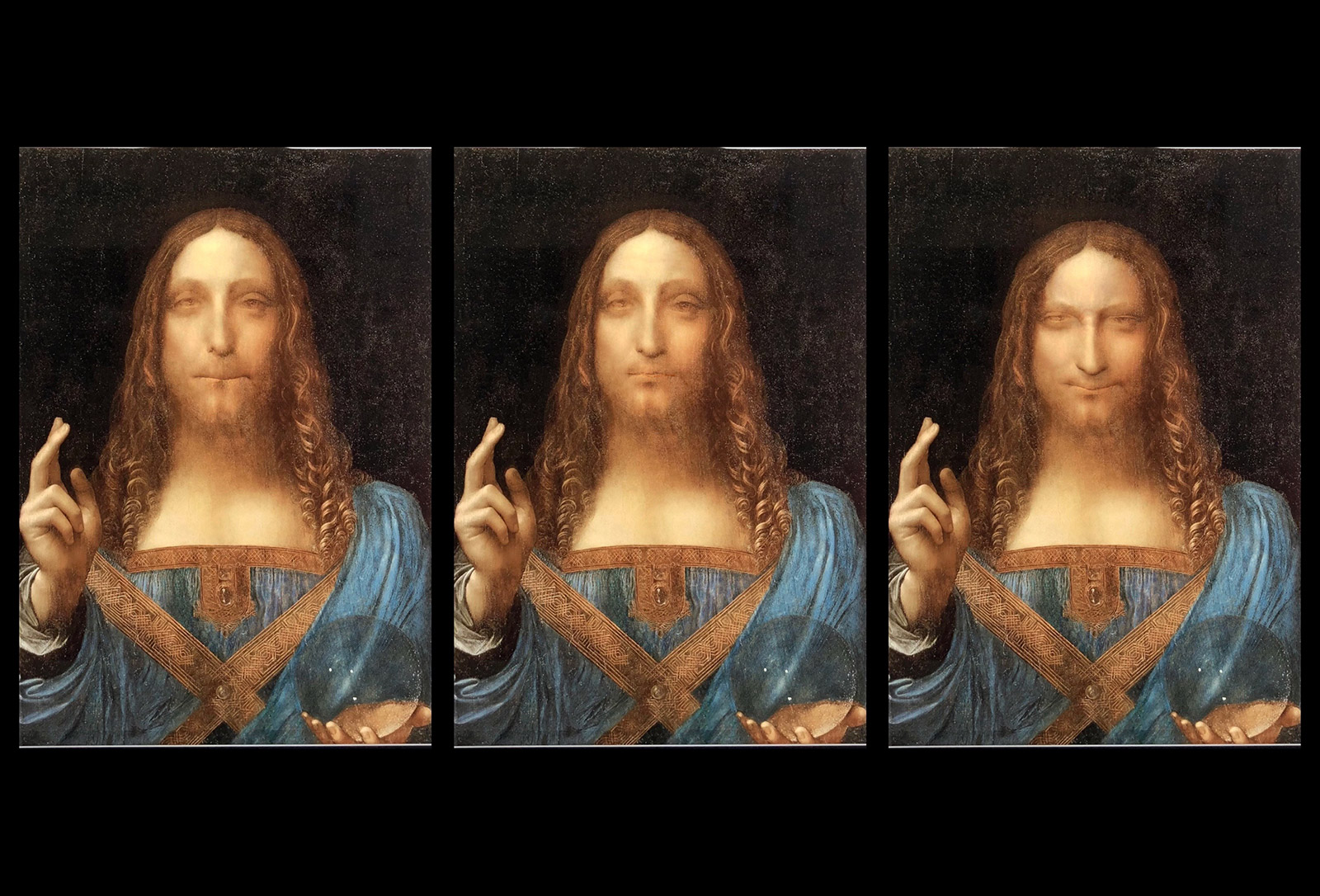
Preparatory sketches for the Salvator Mundi Experience, by David Kohn Architects and Simon Fujiwara
For artist Marianna Castillo Deball and architect Tatiana Bilbao, both Mexican, thinking about the future meant revisiting the past. Departing from the Mesoamerican calendar Tōnalpōhualli, their collaboration expands on how living spaces are designed based on conviviality rather than conventional living standards. In Mind Garden, Heart Garden, the 260-day calendar was transformed into 20 coloured-metal strips, each perforated 13 times, corresponding to a day. ‘There are very few studies about how spaces were measured then,’ says Castillo Deball, pointing to the ancient Mesoamerican spatial measurements that are central to the work, and which are often based on the human scale. ‘Bringing them back is somehow taking them into the future’.
It is no exaggeration to say that the original exhibition ‘This Is Tomorrow’ changed the art world forever. While laying the foundation for the advent of pop art – thanks to the contribution of the Independent Group – it has continued to inspire interdisciplinary collaborations around the globe (take Archivo’s recent trilogy of exhibitions in Mexico City, for instance). Will the new iteration be able to compete with this legacy? ‘I hope it will have a life of its own,’ says Yee, ‘but we won’t know that for a while.’
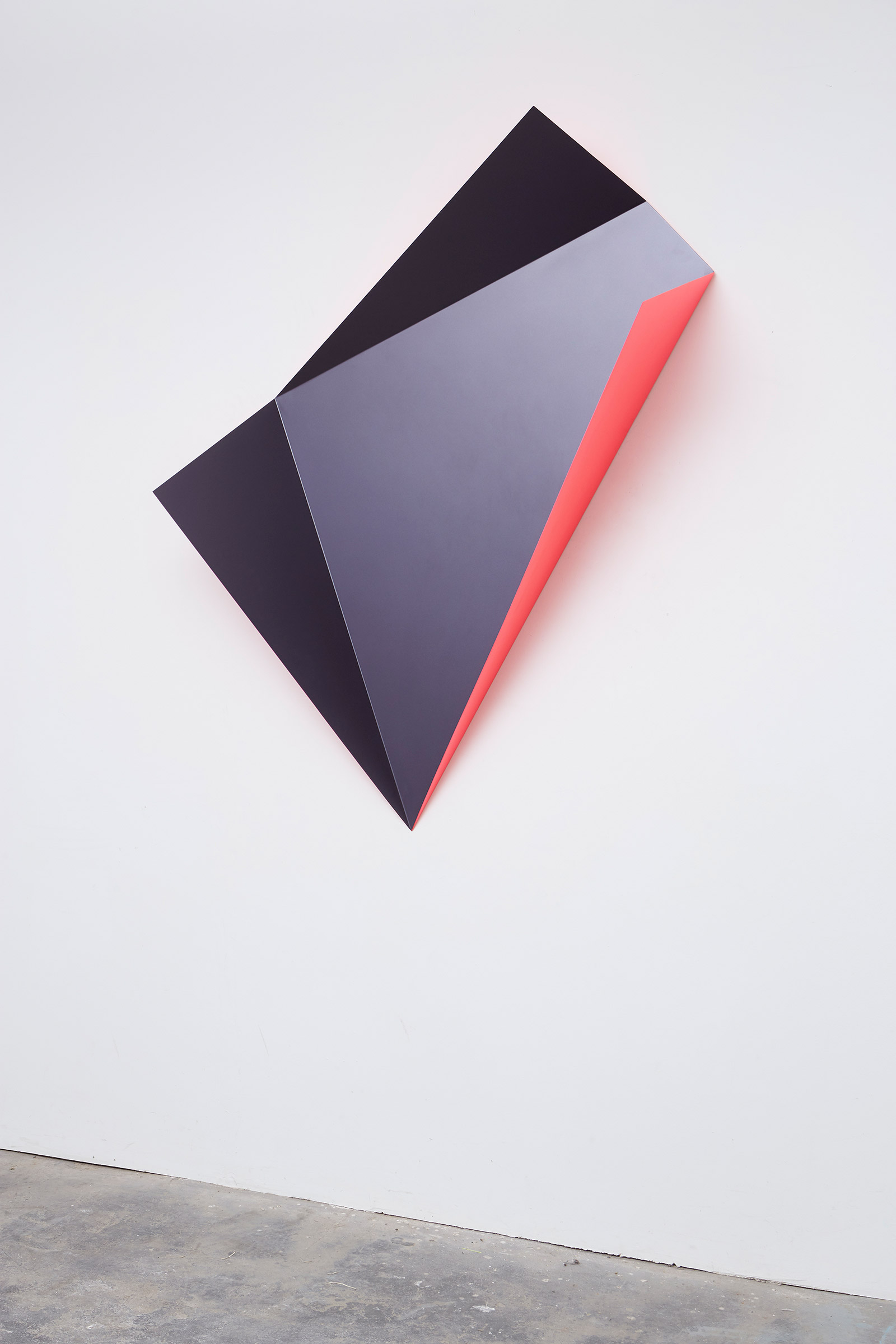
No. 850 L Fold, 2018, by Rana Begum
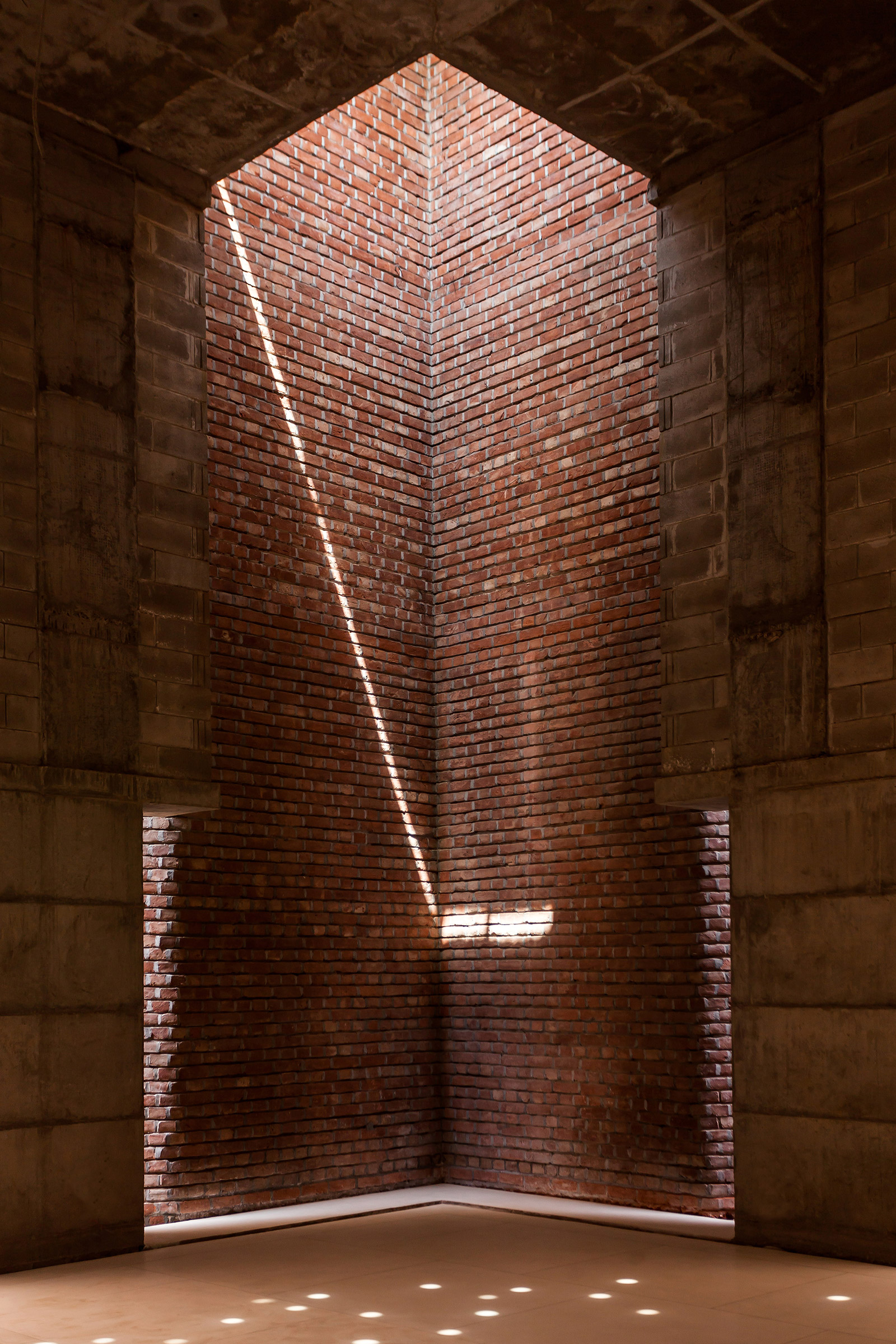
Mosque, by Marinna Tabassum Architects. Courtesy of Whitechapel Gallery
INFORMATION
‘Is This Tomorrow?’ is on view from 14 February – 12 May. For more information, visit the Whitechapel Gallery website
ADDRESS
Whitechapel Gallery
77-82 Whitechapel High Street
London E1 7QX
Wallpaper* Newsletter
Receive our daily digest of inspiration, escapism and design stories from around the world direct to your inbox.
-
 Extreme Cashmere reimagines retail with its new Amsterdam store: ‘You want to take your shoes off and stay’
Extreme Cashmere reimagines retail with its new Amsterdam store: ‘You want to take your shoes off and stay’Wallpaper* takes a tour of Extreme Cashmere’s new Amsterdam store, a space which reflects the label’s famed hospitality and unconventional approach to knitwear
By Jack Moss
-
 Titanium watches are strong, light and enduring: here are some of the best
Titanium watches are strong, light and enduring: here are some of the bestBrands including Bremont, Christopher Ward and Grand Seiko are exploring the possibilities of titanium watches
By Chris Hall
-
 Warp Records announces its first event in over a decade at the Barbican
Warp Records announces its first event in over a decade at the Barbican‘A Warp Happening,' landing 14 June, is guaranteed to be an epic day out
By Tianna Williams
-
 The UK AIDS Memorial Quilt will be shown at Tate Modern
The UK AIDS Memorial Quilt will be shown at Tate ModernThe 42-panel quilt, which commemorates those affected by HIV and AIDS, will be displayed in Tate Modern’s Turbine Hall in June 2025
By Anna Solomon
-
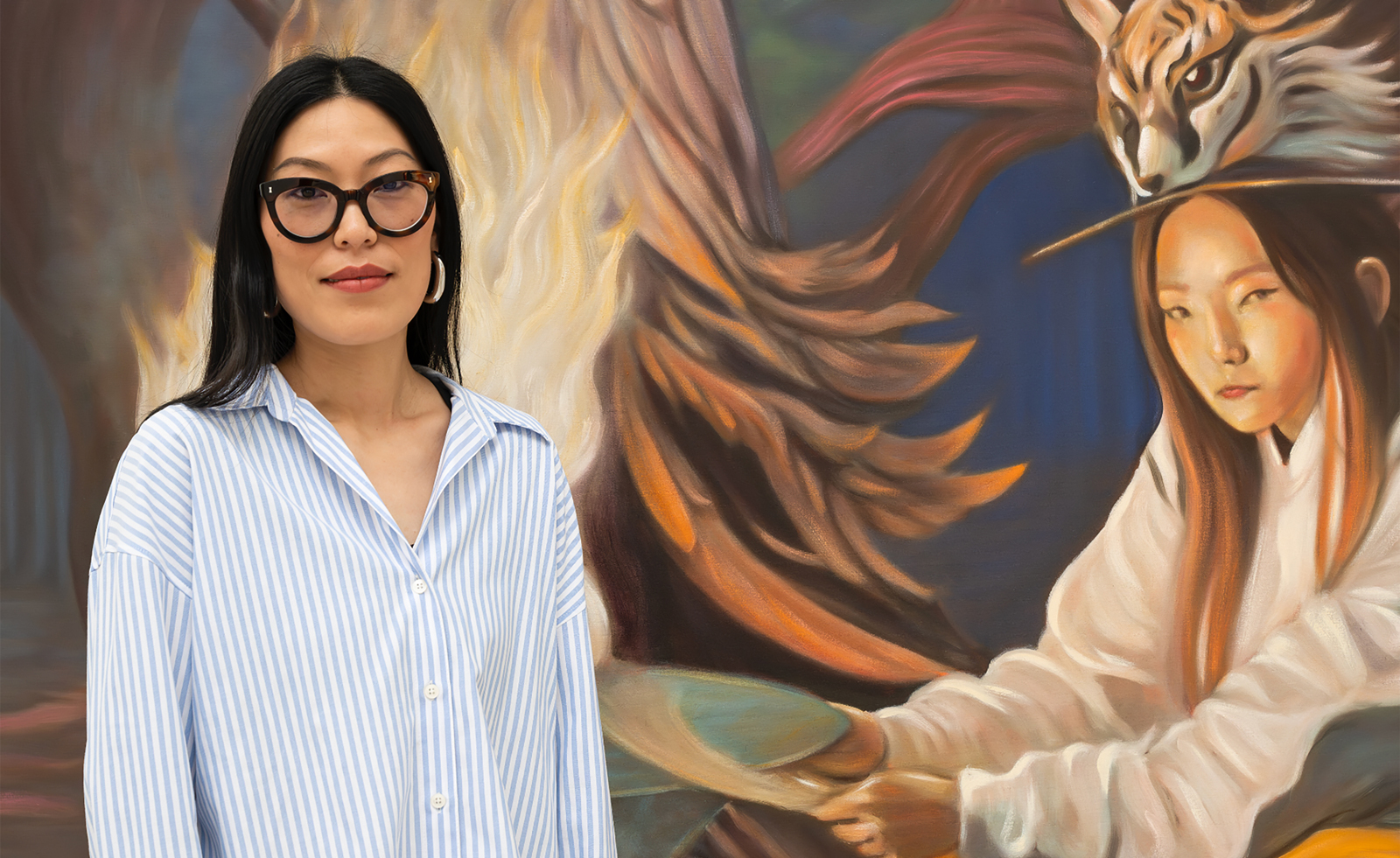 Meet the Turner Prize 2025 shortlisted artists
Meet the Turner Prize 2025 shortlisted artistsNnena Kalu, Rene Matić, Mohammed Sami and Zadie Xa are in the running for the Turner Prize 2025 – here they are with their work
By Hannah Silver
-
 ‘Humour is foundational’: artist Ella Kruglyanskaya on painting as a ‘highly questionable’ pursuit
‘Humour is foundational’: artist Ella Kruglyanskaya on painting as a ‘highly questionable’ pursuitElla Kruglyanskaya’s exhibition, ‘Shadows’ at Thomas Dane Gallery, is the first in a series of three this year, with openings in Basel and New York to follow
By Hannah Silver
-
 The art of the textile label: how British mill-made cloth sold itself to Indian buyers
The art of the textile label: how British mill-made cloth sold itself to Indian buyersAn exhibition of Indo-British textile labels at the Museum of Art & Photography (MAP) in Bengaluru is a journey through colonial desire and the design of mass persuasion
By Aastha D
-
 Artist Qualeasha Wood explores the digital glitch to weave stories of the Black female experience
Artist Qualeasha Wood explores the digital glitch to weave stories of the Black female experienceIn ‘Malware’, her new London exhibition at Pippy Houldsworth Gallery, the American artist’s tapestries, tuftings and videos delve into the world of internet malfunction
By Hannah Silver
-
 Ed Atkins confronts death at Tate Britain
Ed Atkins confronts death at Tate BritainIn his new London exhibition, the artist prods at the limits of existence through digital and physical works, including a film starring Toby Jones
By Emily Steer
-
 Tom Wesselmann’s 'Up Close' and the anatomy of desire
Tom Wesselmann’s 'Up Close' and the anatomy of desireIn a new exhibition currently on show at Almine Rech in London, Tom Wesselmann challenges the limits of figurative painting
By Sam Moore
-
 A major Frida Kahlo exhibition is coming to the Tate Modern next year
A major Frida Kahlo exhibition is coming to the Tate Modern next yearTate’s 2026 programme includes 'Frida: The Making of an Icon', which will trace the professional and personal life of countercultural figurehead Frida Kahlo
By Anna Solomon